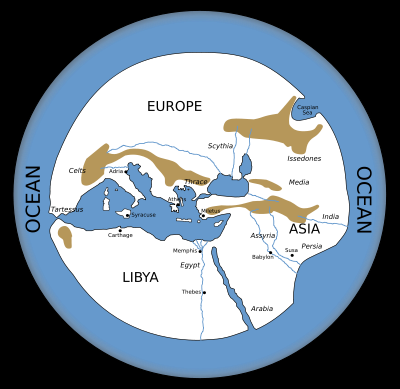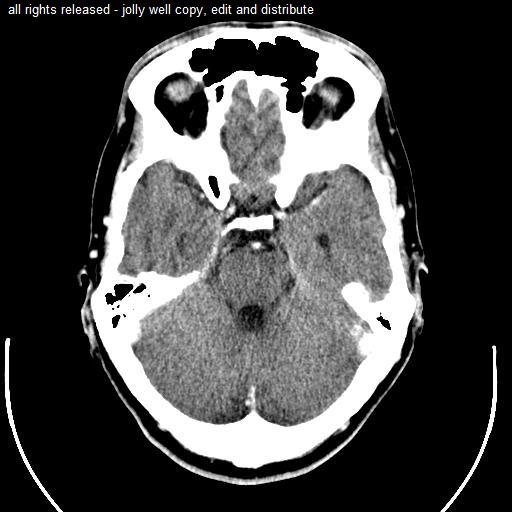
In our minds, we have a map of our body. If we have not put much attention to it, it may also be quite distorted. It might, for some of us, consist largely of a pair of eyeballs, a stomach, and an aching back. Or perhaps we have a body image that mainly represents the surface area of our body, but we can’t imagine what’s going on below the surface. The inner workings of our body may be terra incognita.
Some areas of our body may be quite familiar to us, because we use them often or they give us sensation frequently. Others may not register in consciousness much because they are on our non-dominant side, for instance, or they just aren’t that interesting to us.
We have systems in us, like the brain’s limbic system and the autonomic nervous system that govern our moods. They determine whether we enjoy peace of mind or panic, and yet most of us know little of them. Our maps of our body’s emotional systems may be like a map without roads, rivers or boundaries.
To gain good health and self-mastery, it may be beneficial to update our body maps. One way would be to study the body intellectually. Learn more about anatomy and physiology. We don’t have to go to medical school. We just need to generate some interest in these things and do some exploring. Having a better understanding of the respiratory, circulatory and digestive systems might lead to motivation to manage them more wisely, which could improve health and longevity. Understanding how the nervous system works can aid in managing emotions.
Another way to refine one’s body map is through observation, by being more mindful of the body. One might choose a particular localized area on the surface or the interior of the body as a point of meditative focus. Placing attention, for instance on the area between the shoulder blades or at the solar plexus and quietly observing, we might gain in self-awareness and fill in a piece of the body map.
Another meditative exercise is to scan your body with your awareness. Many guided meditations include some form of this. Typically, the scan involves placing attention on one part of the body at a time. You might start with the toes of your left foot paying attention to any sensations you can detect there and moving on to the left foot and ankle, the shin, the knee and so on. After doing one leg, one usually starts with the other leg and then continues working up or down the body in this fashion while breathing calmly and intending to relax each part of the body in turn.
Another approach to body map making is a body scan that resembles what happens when you have an MRI or CT scan. But this experience involves no annoying machinery. Here’s what you can do:
Sit in an appropriate meditation posture with your spine upright, or lie on your back with your arms and legs uncrossed. Inhale deeply several times, and each time, let the breath out slowly. Scan your body briefly to locate any areas of tension and invite those areas to release that tension. Notice the sensation in those areas and observe how much you have been holding the tension there. Invite it to release with the word relax, as you form the intention to relax your muscles.
Now, bring your attention to the top of your head. You are going to scan your body from the top of your head to your toes. As a CT scan or MRI scans your body slice by slice, you may see and feel your body in your mind, one cross-section slice at a time.

Notice the sensations of your scalp. Do you feel any coolness or warmth? Can you feel hair there? Notice if you are creating judgments as you observe the sensations of your scalp. If you notice any self critical thoughts, let them go. Our interest is not in judging, but in observing and understanding.
Drop your awareness just a bit to the area of your skull below your scalp. Spend a little time just sensing. Do you have any sensation in the area of this bony covering for your brain? Perhaps not. If not, just visualize what it must be like there. Create a picture in your mind of this hard interlaced collection of boney plates sandwiched between your scalp and brain. You may have a thought of gratitude for the good job it does of protecting your precious brain.
Scan down another layer or series of layers so that you can gain a sense of that most complex and amazing object that is your brain. At first, just passively observe whether you have any sense of your brain. It’s job is to process sensations from outside itself, not to generate them, so it is likely you won’t have any clear sensory stimulation from the brain itself. But you may nevertheless have some subtler sensation or image that comes to you. To the extent that you understand the anatomy of the human brain, visualize what is there and acknowledge the good work it is doing to keep you alive and aware.
Scanning down a little farther, observe the area of your sinuses and nasal passages. Here you may well have physical sensations. You could observe pressure, congestion, openness, air flow, moisture or dryness. Now we are in an area that interacts with the autonomic nervous system, so emotions may come into play. Notice for instance whether there are any fear thoughts connected with this nasal area. Fear of illness or allergies or not being able to breathe, for instance. If you identify such associations, you may want to form the intention to neutralize them. Invite them to dissolve if they serve no good purpose. Imagine what it would be like to breathe freely. If you have difficulties with congestion, consider visualizing your sinuses and nasal passages wide open, arid, and free flowing. Imagine the breath flows through like the wind in a big cavern. You might find that your sinuses respond to such mental imagery by becoming more open.
When you are ready to move on, keep scanning. Bring your attention down to the level of your mouth and jaw. Focusing on your jaw, do you notice any muscle tension? If you do, observe that this is part of your body’s system of activation against danger. Right now there is no danger. You aren’t going to have to bite anyone, so you can just let that tension go. Invite your jaw muscles to relax. Speak the word relax silently and let your jaw loosen so that your teeth are not clenched. You may want to place your tongue just above your front teeth while you do this, as that tends to loosen the jaw.
Observe your mouth and lips. Again notice any tension and let it go. Notice any emotions that might be associated with your mouth and consider whether you need to hold on to them. Let them go. Invite them to clear.
Scan down to your neck. Observe the sensations that present themselves to your attention. Check for tension and let go of any that is unnecessary. Consider that your neck is not just a stalk upon which your head rests, but it is a complex articulating apparatus of muscles, spinal bones, arteries, veins, nerves, and tubes that allow exchange between what is inside you and what is outside you. Here you generate sound. Do that. Make the sound AHHH. And feel the vibration. In fact, try out each of the vowels like this and observe the sensation. EEEEEE. I I I I I I I I. OHHHHHH. YOUUUUU.
Keep going. Slice by slice, direct your awareness to each area of your body. Observe the sensations. Take your time with that. Assess whether you have emotional associations with the body part. If those emotions serve you poorly, form the intention to let them go, neutralize them, or correct them. Consider the function of each body part as you get to it. Be grateful for what it does. If it is not doing what you would like it to, form an image in your mind of what it would be like if it were functioning optimally. Release any subconscious objections you may have to perfect functioning and invite that perfection in. Then move on to the next body area.
What we are describing here is a big project, so take some time with it, or do it in successive meditation sessions.